I would expect that a quantile regression gives forecasts for the quantiles that are monotonic, i.e.
However, the quantreg package in R generates forecasts that do not make sense at all, see the plot:
Is there a reason for that?
Example below.
library(quantreg)
library(ggplot2)
data(engel)
taus <- seq(0.01,0.99,0.01)
model_qr <- quantreg::rq(foodexp~income,tau=taus,data = engel)
test <- data.frame(income = 200, foodexp= 300)
result <- data.frame(
Forecast = as.numeric(predict(model_qr, test)),
Quantile = taus *100
)
ggplot(result, aes(x = Quantile, y = Forecast)) +
geom_point()

